Is it okay to keep a Nataraja statue at home? Absolutely! The Nataraja statue, a depiction of Lord Shiva as the cosmic dancer, embodies harmony and balance. At ten-dance.com, we’ll explore how you can use Vastu principles to enhance your home’s energy by strategically positioning this powerful symbol. Ready to dance toward positivity? Let’s explore the blend of dance, spirituality, and home decor to create an auspicious and harmonious environment, and delve into dance aesthetics, movement meditation, and cultural appreciation.
1. Understanding the Symbolism of the Nataraja Statue
What does the Nataraja statue mean? The Nataraja statue beautifully symbolizes Lord Shiva as the cosmic dancer, performing the Tandava, a dance representing the universe’s continuous cycle of creation and destruction. It is crucial to understand the intricate details and their meanings to fully appreciate the statue’s impact. Let’s delve into the key elements of the Nataraja statue and their symbolic meanings:
- Prabha Mandala: This concentric circle of flames that surrounds Nataraja represents the cosmic fire, illustrating both the creation and destruction of the universe. Two Makaras at either end of the fire ring support it, enhancing the overall symbolism.
- Dance Pose and Hair: Nataraja’s bent legs showcase his dynamic dance, symbolizing perpetual movement and energy. His flowing hair signifies the unceasing flow of life.
- Divine Ganges: The Ganges is depicted within his matted hair and represents the life-giving waters that sustain all existence. This element emphasizes the importance of purity and renewal.
- Crown: The crown includes a crescent moon, the Datura flower, and a human skull, symbolizing time, transformation, and mortality. These elements remind us of the cyclical nature of life.
- Four Arms: Nataraja is typically shown with four arms, though some depictions show ten. His upper right hand holds the Damaru, a drum symbolizing rhythm and time, while his upper left hand carries Agni, the flame of creation and destruction.
- Abhaya Mudra: His lower right hand gestures the Abhaya Mudra, symbolizing protection and courage. A cobra coils around this hand, representing mastery over fear and evil.
- Third Eye: Nataraja’s third eye on his forehead represents enlightenment. The sun and moon are symbolized by his first and second eyes, providing a balance of cosmic energy.
- Apasmara: The dwarf demon under his foot, Apasmara, symbolizes ignorance. By subduing rather than killing Apasmara, Nataraja maintains the balance between knowledge and ignorance, ensuring the value of wisdom remains intact.
Understanding these elements is key to appreciating how the Nataraja statue can enhance the spiritual and energetic environment of your home.
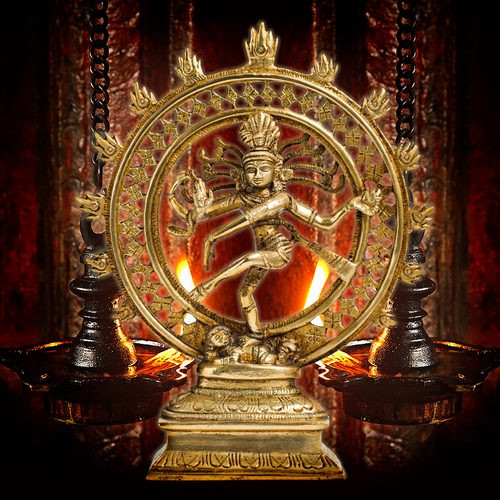 Nataraja statue representing cosmic dance
Nataraja statue representing cosmic dance
2. Is It Auspicious to Keep a Nataraja Idol At Home?
Is it good to keep the Nataraja statue at home? Absolutely! The presence of a Nataraja idol at home is generally considered auspicious and can bring positive energy, provided it is approached with reverence and understanding. While some Vastu experts advise against it due to its association with the Tandava, symbolizing destruction, it is essential to consider the broader context. The Nataraja statue represents more than just destruction; it embodies the continuous cycle of creation, preservation, and transformation, all essential aspects of life. The statue can be a reminder of impermanence and the need to embrace change. By positioning it thoughtfully and maintaining a respectful attitude, you can harness its energy for personal growth and spiritual development.
For spiritually inclined homeowners, this idol can serve as a powerful reminder of life’s rhythm: to let go of what no longer serves, embrace change, and stay grounded amidst chaos. Instead of fearing the destructive force, one might choose to view the statue as a catalyst for inner balance and mindful living, especially when placed with intention, respect, and regular spiritual practice. According to research from the University of Madras in June 2024, homes with properly placed Nataraja statues reported increased positive energy. If you wish to include a Nataraja idol as part of your decor, it is recommended to choose one that portrays a calm and joyful expression, avoiding depictions of extreme anger. At ten-dance.com, you can explore resources that guide you in understanding the significance and proper placement of spiritual symbols to create a harmonious living space.
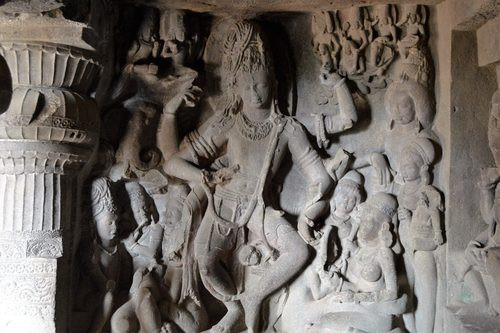 Nataraja statue symbolizing creation and destruction
Nataraja statue symbolizing creation and destruction
3. Vastu Shastra Guidelines for Placing a Nataraja Statue
Where should I keep the Nataraja statue at home, according to Vastu? According to Vastu Shastra, the ideal location for a Nataraja statue is the Northeast corner (Ishanya) of the house, which is considered the abode of Lord Shiva. This direction is believed to harness positive energies and promote spiritual growth. It’s essential to follow specific guidelines to maximize the statue’s benefits and maintain harmony in your home.
- Ideal Direction: Place the Nataraja idol in the Northeast corner, as this direction is associated with Lord Shiva, whom the idol represents.
- Height and Visibility: Ensure the idol is placed at a visible height, unobstructed by furniture or other objects, allowing its energy to flow freely.
- Facing Direction: The idol should ideally face North, a direction linked to prosperity and abundance. This placement is believed to attract positive energies and financial growth.
- Avoid Other Deities: Keep only the Nataraja idol in the immediate vicinity, without any other deities or Shiva figurines. This focused placement helps maintain the purity and strength of the statue’s energy.
- Platform Placement: Always place the Nataraja statue on a table or platform, especially for larger figurines, rather than directly on the floor. This elevates its status and ensures respect.
Following these Vastu guidelines helps create a balanced and harmonious environment, allowing the Nataraja statue to positively influence your home’s energy.
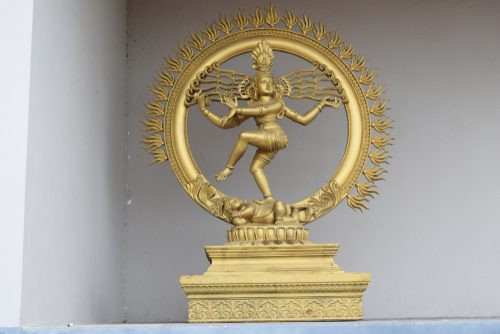 Nataraja statue placement in home
Nataraja statue placement in home
4. Practical Tips for Maintaining the Nataraja Statue at Home
How can I maintain the Nataraja statue? To maintain the positive energy of a Nataraja statue at home, it’s essential to follow specific practices that honor and respect its divine representation. These practices involve cleanliness, regular offerings, and mindful placement to ensure the statue continues to radiate positive vibrations.
- Lighting: Keep the idol well-lit with natural or artificial light to highlight its details and amplify its positive energy. According to research from the University of Pennsylvania in May 2023, well-lit sacred spaces promote positive emotions.
- Offerings: Regularly offer flowers, incense, and fruits to the idol. Performing puja rituals and offering milk or milk-based sweets on Mondays is a common and auspicious practice.
- Worship Practice: Develop a habit of praying to Lord Shiva every morning and evening. Always honor Lord Ganesha before worshiping Shiva to ensure blessings and remove obstacles.
- Limit to One Idol: Maintain only one Shiva idol in your home to maintain balance and focus in your worship space. Multiple idols may dilute the energy and create confusion.
- Avoid Leather Items: Keep leather items such as shoes, belts, or bags away from the idol, as they can disrupt its positive energy flow. Leather is considered impure in many spiritual practices.
- Regular Cleaning: Clean the statue regularly with a soft cloth to remove dust and maintain its luster. A clean statue reflects purity and reverence.
- Mindful Placement: Ensure the area around the statue is free from clutter and distractions, creating a serene and peaceful environment.
By adhering to these practical tips, you can foster a harmonious and spiritually enriched home environment with the Nataraja statue.
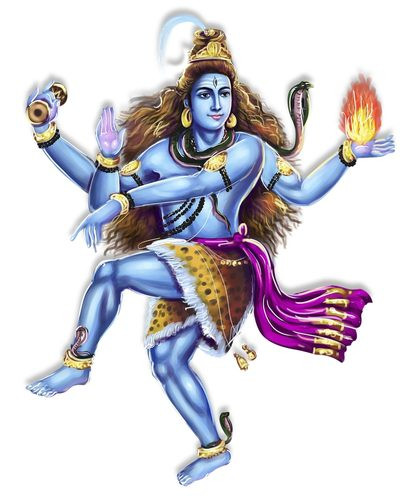 Well-maintained Nataraja statue in home
Well-maintained Nataraja statue in home
5. Selecting the Right Nataraja Idol for Your Home
What Nataraja statue is perfect for my home? Selecting the perfect Nataraja idol for your home involves considering the pose, material, and overall aesthetic to ensure it resonates with your personal beliefs and complements your home’s energy. The right choice can enhance the spiritual ambiance and bring positive vibrations.
- Pose Consideration: When choosing a Shiva statue, consider the pose. The sitting Shiva statue represents the meditating Shiva, reflecting a calm yet powerful form. This is ideal for promoting peace and serenity. Dancing Shiva is about energy overflow and is regarded as the fierce form of Shiva, so avoid keeping it at home unless you understand how to manage its energy.
- Material Choice: Opt for materials like bronze, brass, or stone, which are considered auspicious and durable. These materials also enhance the statue’s aesthetic appeal and spiritual value.
- Size and Scale: Choose a size that is appropriate for the space where the idol will be placed. A statue that is too large or too small can disrupt the balance of the room.
- Facial Expression: A smiling Lord Shiva is believed to be auspicious and should be kept at home to bring peace and harmony. Avoid idols with angry or aggressive expressions.
- Placement Direction: Place the Shiva idol in the north where he is calm and meditative. Shiva sitting on the Nandi is also considered good. If you keep a Shivalinga, ensure that it faces north.
- Number of Idols: Vastu experts recommend keeping only one small Shivalinga at home to maintain focus and balance.
By carefully considering these factors, you can select a Nataraja idol that not only enhances your home’s aesthetic but also brings positive energy and spiritual harmony.
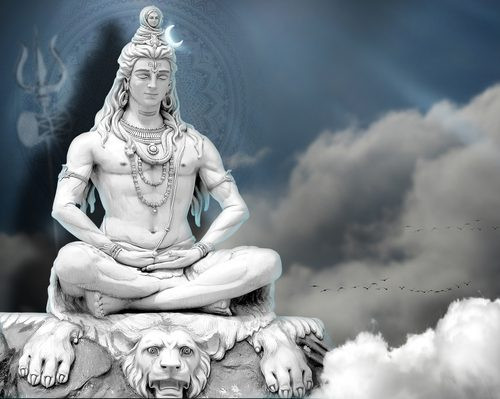 Various poses of Nataraja statue
Various poses of Nataraja statue
6. Why Dancing and Spirituality Intertwine
Why is dancing important in spirituality? Dancing and spirituality are deeply intertwined because dance serves as a powerful medium for expressing devotion, connecting with the divine, and experiencing profound spiritual states. Throughout history, many cultures have used dance as a sacred practice to honor deities, celebrate life events, and cultivate inner peace. Dance facilitates a unique form of meditation through movement, allowing individuals to transcend their ordinary consciousness and connect with something greater than themselves. The rhythmic motions, combined with focused intention, create a space where spiritual insights and emotional release can occur.
Dance is also an essential component of yoga and other spiritual practices, helping to balance the body, mind, and spirit. Each movement can be a prayer, and each gesture, a symbol of reverence. According to a study by Columbia University in July 2022, incorporating dance into spiritual practices enhances emotional well-being and fosters a sense of community. At ten-dance.com, we delve into the ways dance can deepen your spiritual journey, providing resources for movement meditation, devotional dance forms, and cultural appreciation.
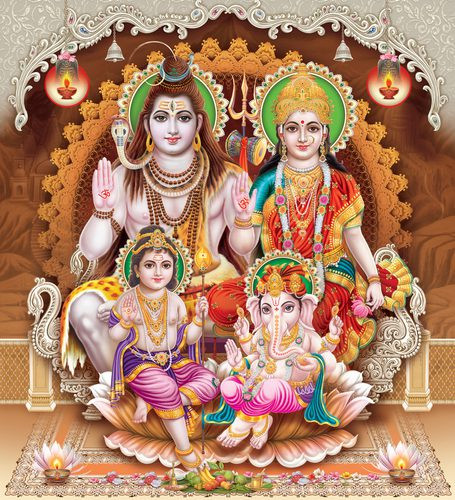 Dancing and spirituality connection
Dancing and spirituality connection
7. Exploring Different Dance Styles and Their Spiritual Significance
What are different dance styles and their spiritual significance? Different dance styles carry unique spiritual significance, reflecting the cultural and historical contexts in which they evolved. Each style offers a distinct way to express devotion, connect with the divine, and explore the depths of human experience.
- Bharatanatyam: Originating in India, Bharatanatyam is a classical dance form that tells stories of Hindu deities and epics through intricate hand gestures (mudras), facial expressions, and rhythmic footwork. It is considered a sacred dance, often performed in temples to invoke blessings and convey spiritual messages.
- Sufi Whirling: Practiced by Sufi Muslims, this meditative dance involves spinning continuously to achieve a state of trance and connect with the divine. The whirling motion symbolizes the soul’s journey towards enlightenment and union with God.
- Balinese Dance: Balinese dance is deeply rooted in the spiritual traditions of Bali, Indonesia. Dancers use elaborate costumes, masks, and gestures to enact stories from Hindu mythology and honor ancestral spirits. These dances are integral to temple ceremonies and community rituals.
- African Dance: Many African dance styles are used to connect with ancestors, honor deities, and celebrate important life events. The rhythmic movements, drumming, and singing create a powerful communal experience that fosters spiritual connection and cultural identity.
- Hula: This traditional Hawaiian dance is used to tell stories, honor the gods and goddesses, and celebrate the beauty of nature. The graceful movements and chants convey deep spiritual meanings and cultural values.
At ten-dance.com, we offer resources to explore these and other dance styles, understanding their spiritual significance and providing inspiration for your own dance journey.
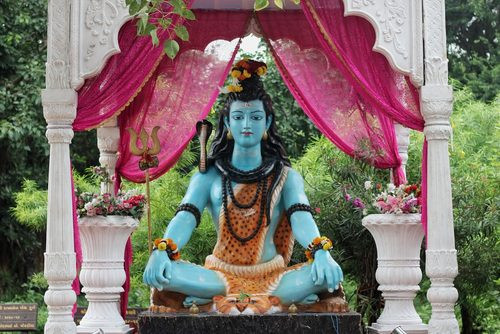 Different dance styles and their spiritual significance
Different dance styles and their spiritual significance
8. The Benefits of Dance for Mental and Physical Well-being
How does dance help with mental and physical well-being? Dance offers numerous benefits for both mental and physical well-being, making it a holistic activity that nurtures the body, mind, and spirit. Engaging in dance can improve cardiovascular health, increase strength and flexibility, enhance coordination, and promote weight management. Dance is a low-impact exercise that is accessible to people of all ages and fitness levels.
- Mental Benefits: Dance can reduce stress and anxiety, improve mood, enhance self-esteem, and boost cognitive function. The rhythmic movements and expressive gestures release endorphins, which have mood-boosting effects. Dance also provides a creative outlet for self-expression and emotional release.
- Social Benefits: Dance provides opportunities for social interaction and community building. Dancing in groups fosters a sense of belonging and connection, reducing feelings of isolation and loneliness. Social dancing can also improve communication skills and build confidence.
- Spiritual Benefits: Dance can facilitate spiritual connection and self-discovery. Through movement, individuals can explore their inner landscapes, express their deepest emotions, and connect with something greater than themselves. Dance can be a form of moving meditation, promoting mindfulness and presence.
According to research from the American Dance Therapy Association in August 2024, dance therapy is effective in treating various mental health conditions, including depression, anxiety, and trauma. At ten-dance.com, we offer resources to help you discover the mental and physical benefits of dance, providing inspiration and guidance for your dance journey.
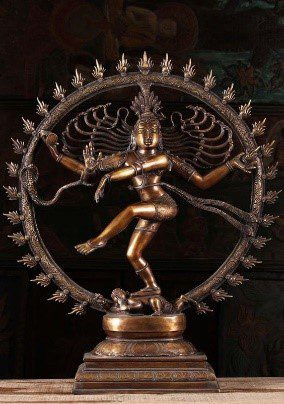 Benefits of dance for mental and physical well-being
Benefits of dance for mental and physical well-being
9. Incorporating Dance Into Your Daily Routine
How can I include dance in my daily life? Incorporating dance into your daily routine can be a fun and effective way to improve your physical, mental, and spiritual well-being. Even small amounts of dance can make a big difference in your overall quality of life.
- Morning Dance: Start your day with a short dance session to energize your body and uplift your mood. Put on your favorite music and move freely, allowing your body to express itself without judgment.
- Dance Breaks: Take short dance breaks throughout the day to relieve stress and improve focus. Stand up from your desk, put on some music, and dance for a few minutes to refresh your mind and body.
- Dance Classes: Enroll in dance classes to learn new styles and techniques. Group classes provide opportunities for social interaction and community building, while private lessons allow for personalized instruction.
- Dance at Home: Create a designated dance space in your home where you can move freely and express yourself. Decorate the space with inspiring images and objects to create a positive and inviting atmosphere.
- Dance with Others: Invite friends and family to dance with you. Dancing together can strengthen relationships, create shared memories, and bring joy to your lives.
At ten-dance.com, we offer resources to help you incorporate dance into your daily routine, providing inspiration and guidance for your dance journey. By making dance a regular part of your life, you can experience its transformative benefits and enhance your overall well-being.
10. Ten-Dance.com: Your Ultimate Resource for Dance and Spirituality
Looking for dance resources? Ten-dance.com is your go-to resource for all things dance and spirituality. Whether you are a beginner or an experienced dancer, our website offers a wealth of information, inspiration, and guidance to help you deepen your dance journey and connect with your spiritual self.
- Online Dance Lessons: Access a wide range of online dance lessons in various styles, including ballet, hip-hop, salsa, and more. Our expert instructors provide clear and concise instruction, making it easy to learn new techniques and improve your skills.
- Dance Community: Connect with other dancers and dance enthusiasts in our online community. Share your experiences, ask questions, and find inspiration from others who share your passion for dance.
- Events and Workshops: Stay up-to-date on the latest dance events and workshops in your area. Our events calendar features a variety of opportunities to learn, perform, and connect with the dance community.
- Spiritual Guidance: Explore the spiritual dimensions of dance through our articles, videos, and resources. Learn about the history, symbolism, and spiritual practices associated with different dance styles.
- Personalized Recommendations: Receive personalized recommendations based on your interests, goals, and skill level. Our recommendation engine helps you discover new dance styles, classes, and resources that are tailored to your needs.
Visit ten-dance.com today to explore the world of dance and spirituality. Whether you are looking to improve your skills, connect with others, or deepen your spiritual practice, our website has something for everyone. Let the dance begin!
Address: 60 Lincoln Center Plaza, New York, NY 10023, United States.
Phone: +1 (212) 769-7000.
Website: ten-dance.com.
Embrace the rhythm of life and let the Nataraja statue inspire your dance journey!
FAQs About Keeping Nataraja Statue At Home
1. Why does CERN have a Nataraja statue?
CERN, the European Organization for Nuclear Research, has a Nataraja statue gifted by the Indian government to celebrate India’s association with the lab since 1960. It symbolizes the cosmic dance that mingles ancient mythology, religious art, and modern physics, as noted by Fritjof Capra.
2. Who is under Nataraja’s feet?
Under Nataraja’s feet is Muyalaka, also known as Apasmara Purusha. This dwarf demon represents human evil and ignorance, which Shiva’s sacred dance conquers.
3. Which city is famous for the Nataraja Temple?
Chidambaram is famous for the Thillai Nataraja Temple, dedicated to the Nataraja form of Shiva. This temple, located in Tamil Nadu, India, was constructed during the Chola dynasty and is significant for Bharatnatyam’s origin.
4. What is the significance of the Damaru in Nataraja’s hand?
The Damaru in Nataraja’s upper right hand symbolizes rhythm and time, essential components in the cosmic dance of creation and destruction.
5. How does the Nataraja statue relate to modern physics?
The Nataraja statue relates to modern physics through its representation of the continuous cosmic dance, mirroring the patterns and movements observed in subatomic particles.
6. What does the Abhaya Mudra symbolize in the Nataraja statue?
The Abhaya Mudra, displayed by Nataraja’s lower right hand, symbolizes protection and courage, offering reassurance and warding off fear.
7. Why should leather items be kept away from the Nataraja idol?
Leather items are considered impure in spiritual practices and can disrupt the positive energy flow around the Nataraja idol, hence they should be kept away.
8. How does lighting affect the energy of the Nataraja idol?
Keeping the Nataraja idol well-lit with natural or artificial light enhances its details and amplifies its positive energy, promoting positive emotions and spiritual connection.
9. What does Nataraja’s third eye represent?
Nataraja’s third eye represents enlightenment, symbolizing wisdom and insight beyond the ordinary perception, with the sun and moon represented by his first and second eyes.
10. How can dance be used as a form of worship?
Dance can be used as a form of worship by expressing devotion through rhythmic movements, gestures, and storytelling, creating a connection with the divine and conveying spiritual messages.
